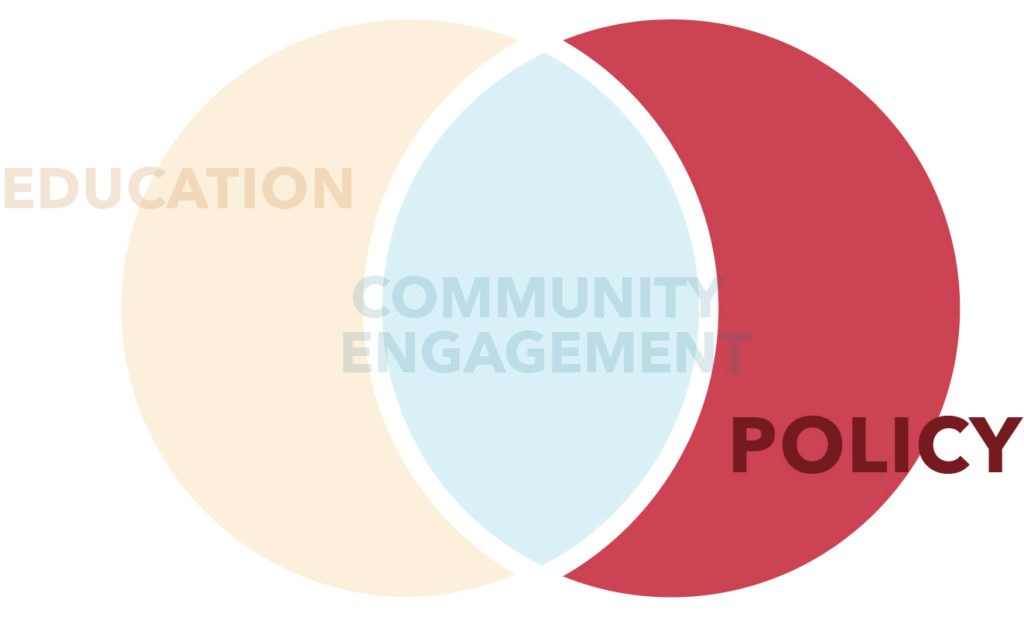This is perhaps one of the most important things you’ll do, but can also be the most challenging without proper support. Find the right people and resources to help you write the policy.

Planning
- Research types of laws/resolutions/ordinances to make sure your idea is legally enforceable.
- Research sample policies or recommendations from reliable sources, such as HUD’s Smoke-Free Policy Checklist or similar policies with different jurisdictions, like your state’s smoke-free air policy.
- Consult your coalition members to make a wish list of what you want the policy to include.
- Categorize your wishlist into “non-negotiable” and “negotiable” items. Be prepared to pull your policy from consideration if decision-makers try to cut one of your “non-negotiable” items.
- Explore Canli Coalition’s wishlist for a tobacco sales policy.
- Before your presentation, consult an expert to help draft a policy using your wishlist as a guide.
- After your presentation, make revisions as necessary (expect this to happen many times).
Resources
- Drafting Tribal Public Health Policies from the Public Health Law Center
- Tribal Policy Guide from the Northwest Portland Area Indian Health Board
- Model Policy Checklist
What if?
You can’t find an expert to help…
- Ask for permission to use the tribal council lawyer.
- Write a grant and budget to hire a legal consultant.
- Reach out to the Public Health Law Center – Legal Technical Assistance.
Hints
- Identify a model policy that is close to what you’re going for and customize it to fit your wishlist.
- Use definitions for anything that has potential to leave a “loop-hole,” but be cautious with word choices. Ask traditional leaders to review any Native language used. Watch a video that explains “The Problem of ‘Tobacco-Free.’”
Čaŋlí Coalition Example
Here are several model policies that you can customize!
- Smoke-Free Indoor Public Places Policy
- Smoke-Free Housing Policy
- Smoke-Free School Policy
- Smoke-Free Parks & Recreation Policy
- Workplace Breastfeeding Policy
Read about how the Public Health Law Center helped the Canli Coalition draft and revise Ordinance 77.

To include cultural lifeways, we… dedicated Ordinance 77 to “all of the CRST members who have died or who suffer from commercial tobacco related illnesses.”